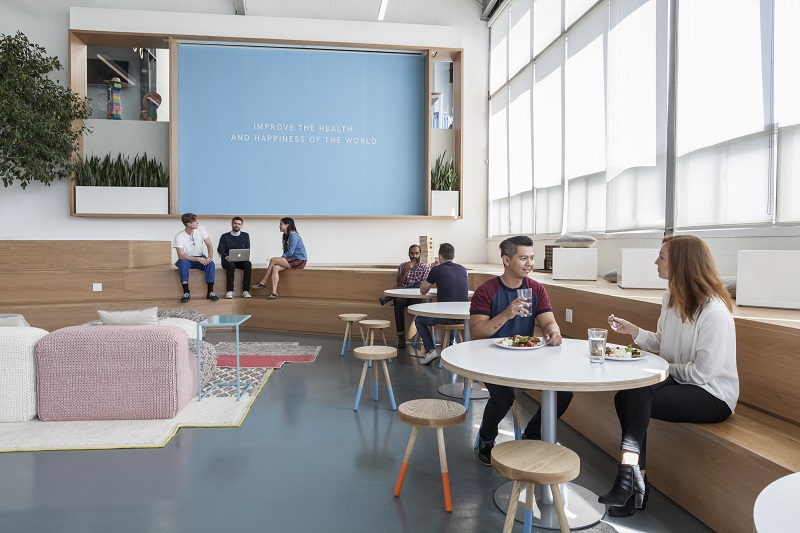
Designing Workspaces for a Multi-Generational Team
Workplaces today are shaped by the generational shifts redefining our cities, communities, and organizations. At the heart of this transformation lies an exciting challenge and opportunity: how can we create environments that provide for, inspire and encourage collaboration across generations?
“The idea of mentorship, cross-generational talent development, and knowledge transfer—and how you actually create spaces to allow that to happen—is becoming increasingly important.” - Kevin Rosenstein, Global Strategy Leader, Principal, Gensler.
With Baby Boomers, Generation X, Millennials, and Gen Z now sharing office spaces, each generation brings its own unique perspectives, strengths, and work styles. To truly thrive in this diverse landscape, office design must go beyond just flexibility, diving into what motivates and supports each generation's approach to work, while still recognizing their individual needs. Thoughtful, intentional design is key to unlocking the full potential of every generation in the workplace, helping them collaborate and drive innovation.
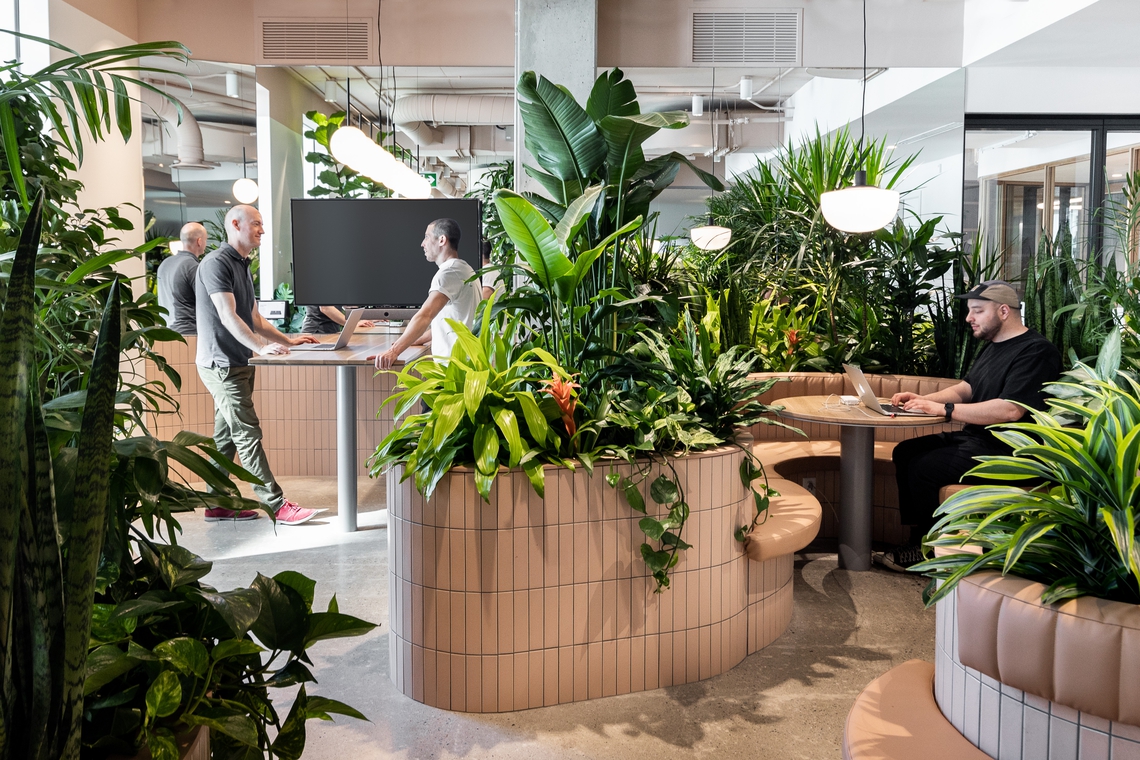
Understanding Generational Needs
While differences between generations are often highlighted, it’s essential to focus on commonalities. Research from McKinsey reveals that all generations value meaningful work, opportunities to connect with colleagues, a sense of purpose, and fair compensation. However, preferences for how these needs are met can vary. For example, Baby Boomers may lean towards traditional office setups, while Millennials and Gen Z seek modern, flexible environments.
Additionally, insights from Gensler emphasize that younger generations, particularly Millennials and Gen Z, view offices as hubs for community and innovation rather than merely places for work. They also prioritize flexibility, appreciating features inspired by ‘third places’ like coffee shops and libraries. For instance, Baby Boomers tend to spend approximately 70% of their workweek in the office, with only 9% working elsewhere. In contrast, younger generations, including Millennials and Gen Z, spend about half of their workweek in the office and 30% in alternative locations such as coworking spaces, client sites, or nearby community spots.
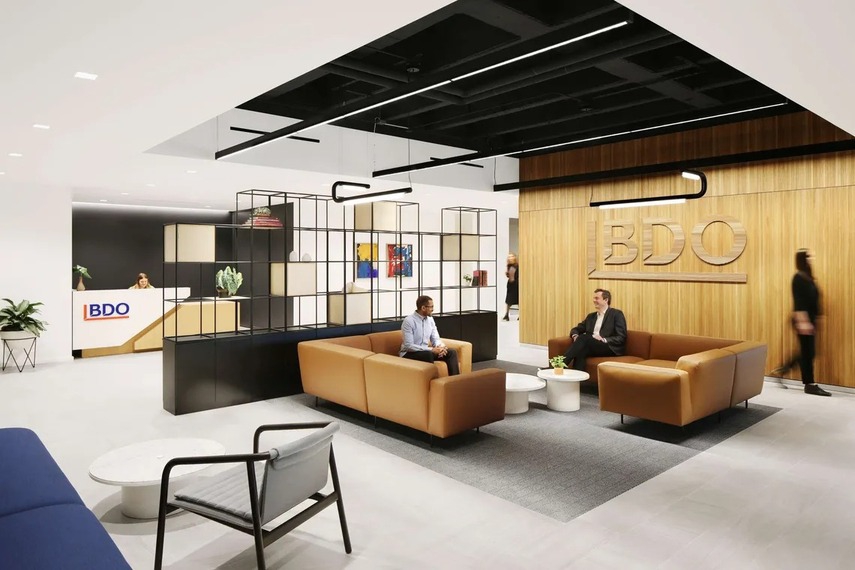
At the same time, Gensler’s findings highlight the importance of balancing collaboration and focus. Younger employees value spaces that allow for teamwork while also supporting individual productivity. This means office layouts should clearly delineate noisy, collaborative zones from quiet, focused areas. Wellness is a universal priority across generations, with elements like natural light, ergonomic furniture, and indoor greenery contributing significantly to employee well-being. For Gen Z, in particular, spaces that support mental and physical health are non-negotiable. Inclusivity is also critical. A universal design that takes into account various needs such as neurodiversity, creates a space in which all employees feel supported, enhancing productivity and demonstrating a company’s commitment to equity.
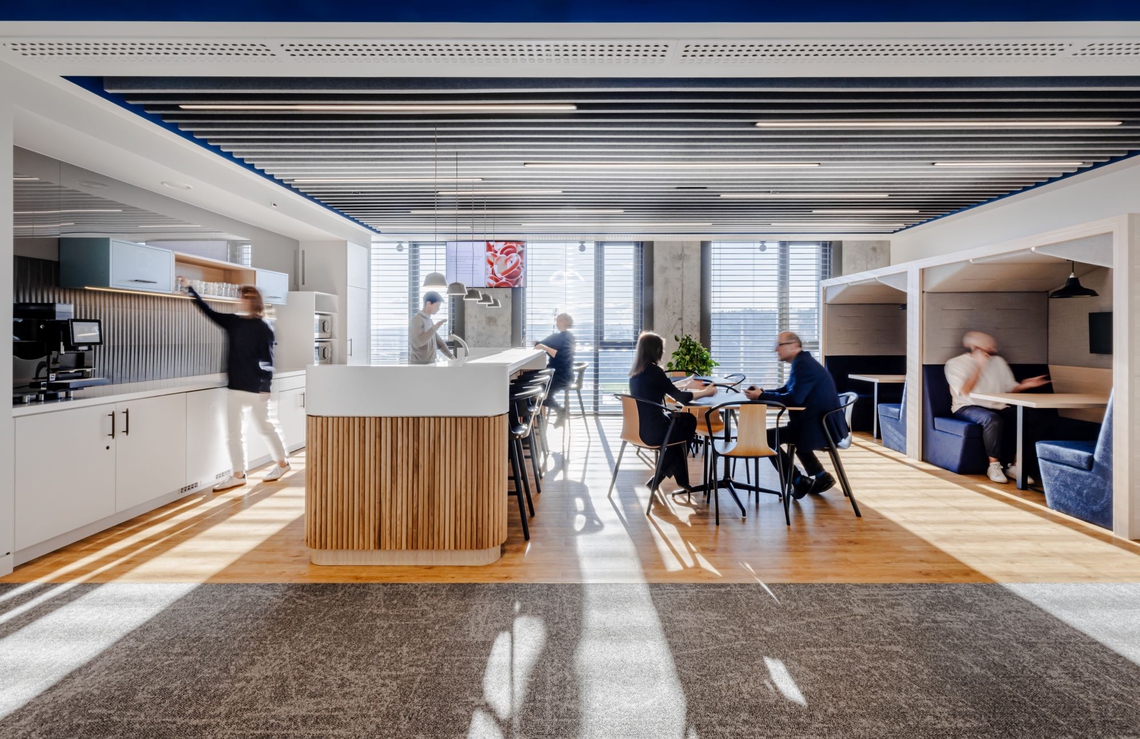
The Role of Flexibility
Flexibility is fundamental to creating workplaces that support diverse generational needs and work styles. A well-designed office should integrate a variety of adaptable spaces, utilizing innovative design solutions to cater to these preferences. Smart workspace solutions are always flexible, modular, and adaptable, allowing different needs to be met in one product or design.
For example, Spacestor’s modular Railway Carriage showcases adaptability across generations. In one configuration, it can serve as a café-style ‘third space’ ideal for Gen Z employees seeking informal, modern settings for brainstorming or solo work. In another, the same product can create a more structured, semi-private working area, catering to Baby Boomers who prefer a balance between openness and focus.
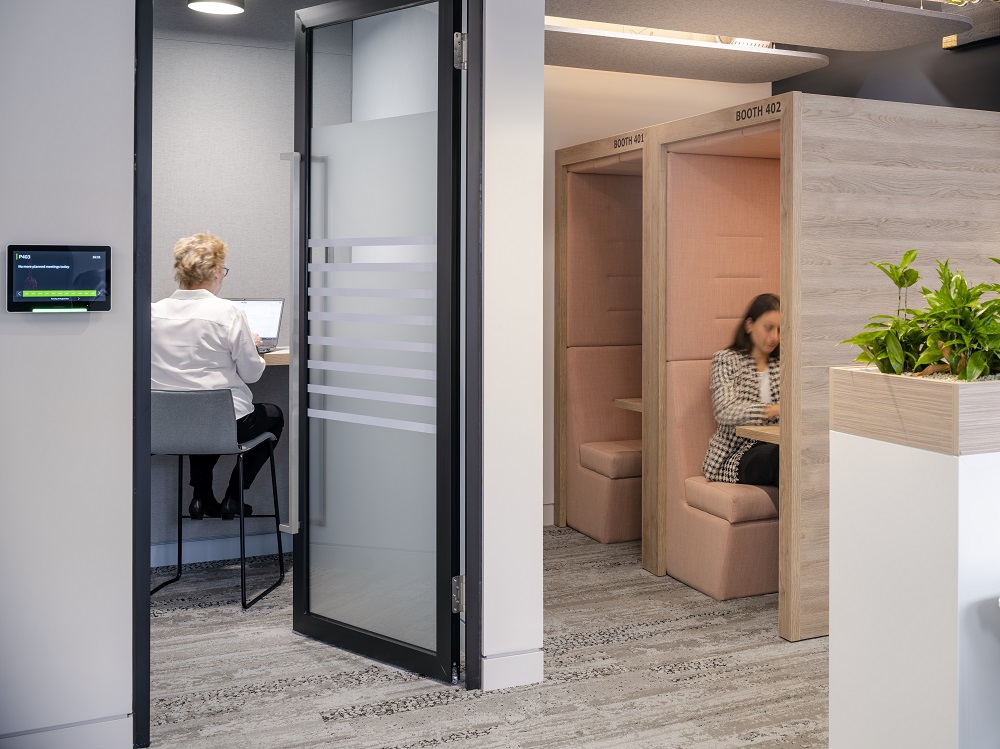
For tasks requiring deep focus or confidentiality, Spacestor's Portals, a family of pods, provide enclosed or open, customizable spaces that cater to Baby Boomers and Gen X employees. These users appreciate quiet, traditional settings for focused work and meetings but with a modern twist in design choices. Portals offer a structured, professional environment that aligns with their preference for privacy and minimal distractions, blending traditional comfort with contemporary functionality. At the same time, Portals offer flexibility that can be tailored for both collaborative and individual work.
For collaboration, open spaces designed with Spacestor’s Bleachers create vibrant hubs for brainstorming and team projects. Millennials, known for their preference for collaboration, thrive in these dynamic environments. Adding writable surfaces through solutions such as Spacestor’s Valet further enhances these zones, supporting real-time ideation and hybrid work sessions.

Gen Z and Millennials not only seek workspaces that fit with their collaborative and flexible work styles, but they place a bigger emphasis on workspaces supporting their wellbeing. Spacestor’s Aeonica meets both of these needs with its biophilic design, which incorporates smooth, organic shapes and natural materials. This design creates a calming and inspiring space that helps reduce stress and enhance mental clarity, supporting these generations’ focus on wellness. At the same time, Aeonica offers privacy for focused work, a secluded space for team collaboration or one on one meetings, meeting the needs of all generations.
Encouraging inter-generational collaboration
Social hubs are the best way to intergenerational collaboration. Creating communal areas, such as lounges and shared kitchens, encourages informal connections, while designated collaboration spaces facilitate team-building across age groups.

When designing communal areas, it’s important to focus on creating spaces of engineered serendipity, where chance encounters between co-workers that may not ordinarily cross paths are encouraged. These areas help build a strong culture of collaboration in high-traffic areas. Spacestor’s HotLocker provides assignable storage solutions that aren’t tied to specific individuals, making them perfect for hybrid workforces and creating a more fluid, efficient environment. This flexibility ensures that whoever is in the office on any given day will be assigned lockers near others present that day, facilitating spontaneous interactions. With breakout furniture and communal seating, these hubs transform into inviting spaces for informal networking.
It’s also important to remember that different generations have different approaches to hybrid working. Spacestor’s Residence Max provide the perfect solution, ensuring that employees—whether remote, in-office, or hybrid—feel supported. These adaptable pods are great for video conferencing or focused individual work, ensuring clear communication between workers whether in the office or not.
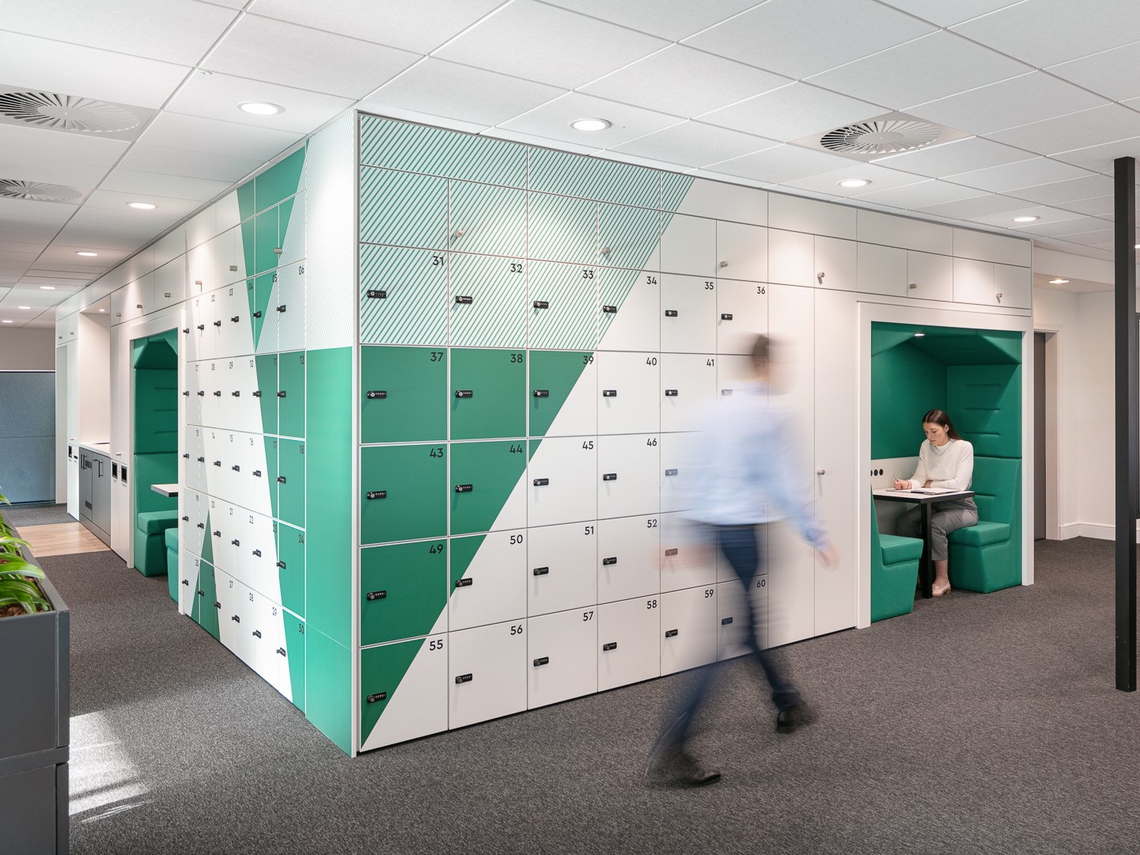
The future of workplace design lies in its ability to adapt. By understanding and addressing the diverse needs of a multi-generational workforce, organizations can create spaces that drive engagement, innovation, and satisfaction. The key is flexibility: designing environments that evolve alongside the people who use them, ensuring that every employee, regardless of age, feels valued and empowered to thrive.
If you’d like to discuss your workspace needs and requirements, you can get in contact with us here – we’d love to help.


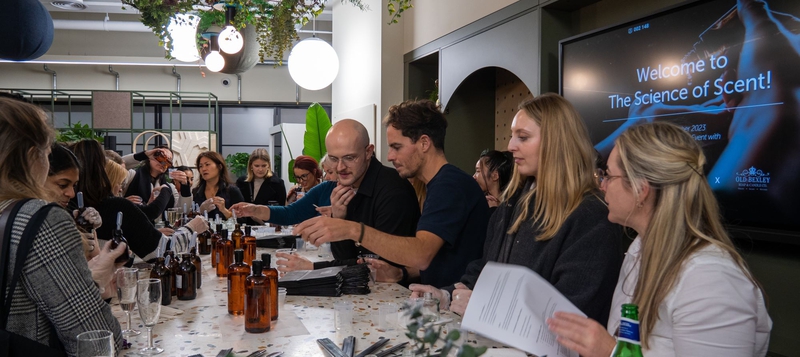
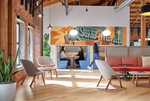


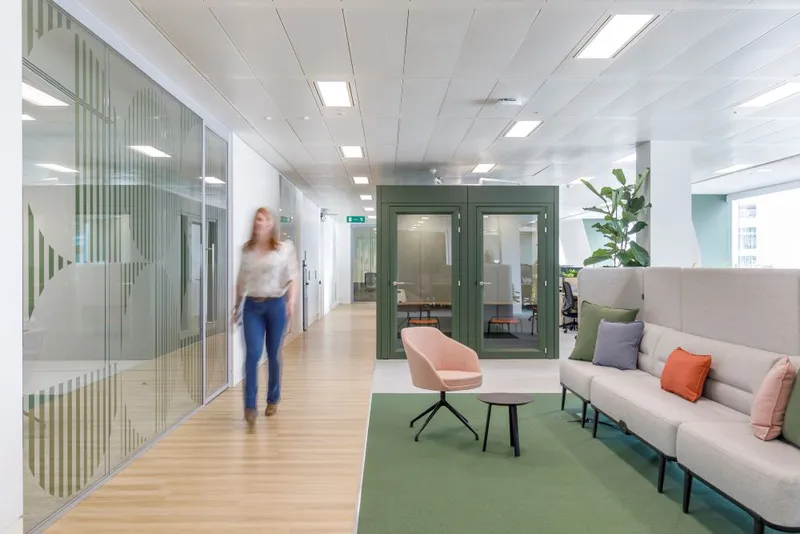
A space that aligns with their forward-thinking values, embraces a diverse workforce and sets the stage for future succ…
FINANCIAL SERVICES
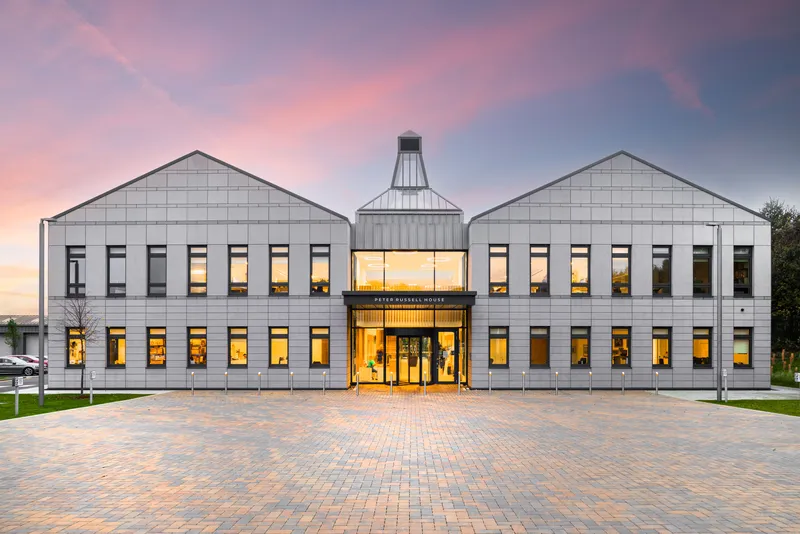
Where heritage meets innovation: Ian Macleod Distillers’ redesigned headquarters blends 80 years of legacy with the bol…
FOOD & DRINK
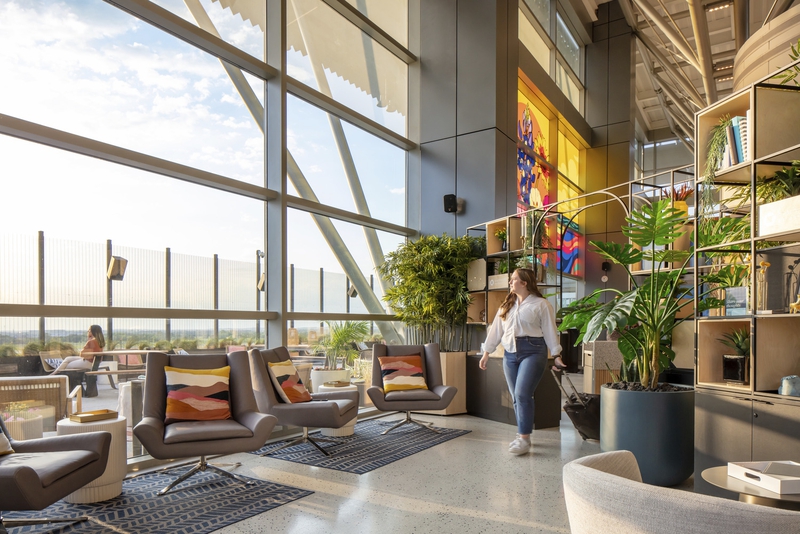
JPMC brings a whole new kind of magic to travel with their luxurious Chase Sapphire Lounges.
AVIATION